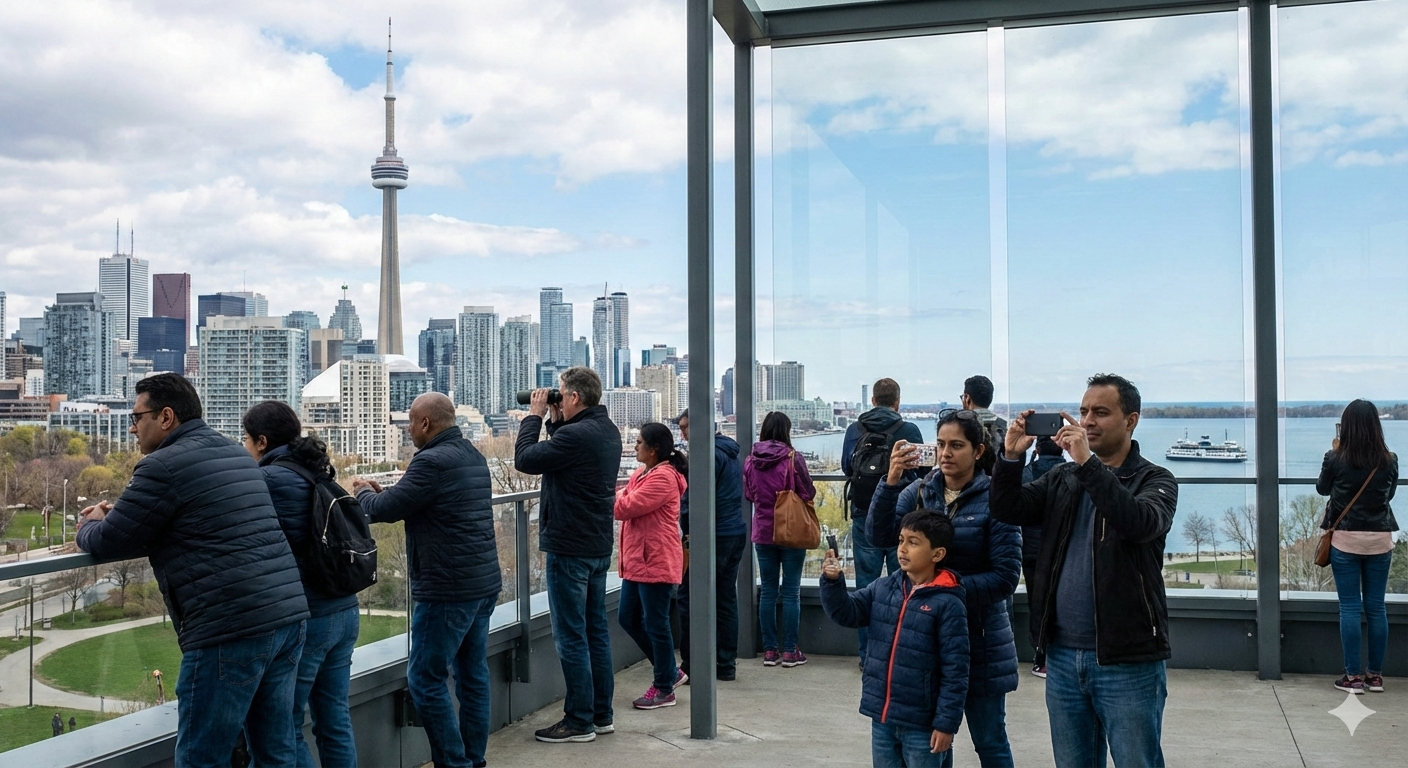Canada Sees Sharp Decline in Temporary Resident Arrivals in 2025

Canada has reported a major drop in temporary resident
arrivals this year. According to the latest data from Immigration, Refugees
and Citizenship Canada (IRCC), new international student arrivals declined by 70%,
while new foreign worker arrivals fell by 50% between January and June
2025.
In total, 214,520 fewer students and workers arrived
compared to the same period in 2024. This shows the significant impact of
measures introduced by IRCC to reduce inflows of temporary residents.
Decline in Student and Worker Arrivals
Between January and June 2025:
- Canada
welcomed 88,617 fewer international students.
- Canada
welcomed 125,903 fewer foreign workers.
This drop reflects the federal government’s stricter rules
on study and work permits.
Changing Proportions of New Arrivals
The share of newcomers has shifted:
- From
February to June 2025, work permit holders made up about 80% of new
arrivals.
- In
the same period of 2024, work permit holders averaged 70%.
Meanwhile, the proportion of international students among
new arrivals has sharply decreased, despite the usual seasonal spikes expected
in August and December for fall and winter intakes.
Slower Rates of Intake
A breakdown of average monthly arrivals shows a steep
decline:
|
Period (Jan–Jun) |
Study Permits |
Work Permits |
|
2024 |
20,839 |
40,865 |
|
2025 |
6,070 |
19,872 |
Current Temporary Resident Populations
Despite the decline in new arrivals, the overall number of
temporary residents in Canada has actually increased because many former
international students are transitioning to work permits through the
Post-Graduation Work Permit (PGWP) pathway.
From January 2024 to June 2025:
- Study
permit holders decreased by 133,325 (from 679,887 to
546,562).
- Work
permit holders increased by 262,262 (from 1,242,311 to
1,504,573).
- Dual
permit holders (both study and work permits) decreased
slightly by 32,014 (from 344,044 to 312,010).
Overall, the number of temporary residents rose from 2,225,294
to 2,363,145.
Why Work Permit Numbers Remain High
The slower decline in work permit holders is partly due to
the large number of international students who arrived in earlier years. Many
of them have graduated and received PGWPs, which explains the increase in work
permit holders despite reforms.
IRCC Reforms Affecting Temporary Residents
Since 2024, IRCC has introduced several changes to control
temporary resident levels:
Study Permits
- Provincial
and territorial study permit caps.
- Higher
cost-of-living financial requirements.
- Tighter
PGWP eligibility rules.
- Revised
conditions for off-campus work.
- Closure
of expedited student programs (e.g., Student Direct Stream, Nigeria
Student Express).
Work Permits
- Removal
of COVID-era visitor-to-work permit policies.
- Stricter
guidance for Intra-Company Transferees (ICTs).
- Ban
on flagpoling for same-day processing at the border.
- Multi-year
targets for new IMP and TFWP work permits starting in 2025.
- Stricter
rules for Spousal Open Work Permits (SOWPs).
Temporary Resident Levels in Canada’s
Immigration Plan
For the first time, Canada’s Immigration Levels Plan
(announced October 24, 2024) included targets for temporary residents alongside
permanent residents.
The federal goal is to reduce temporary residents from
7% to 5% of Canada’s population by 2026.
Key Takeaway
The new data confirms that IRCC’s policies are reshaping
the immigration landscape. While international student numbers are falling
sharply, work permit holders remain steady due to past cohorts moving into the
Canadian workforce. Applicants considering study or work permits should
carefully assess the new rules and plan their applications accordingly.






